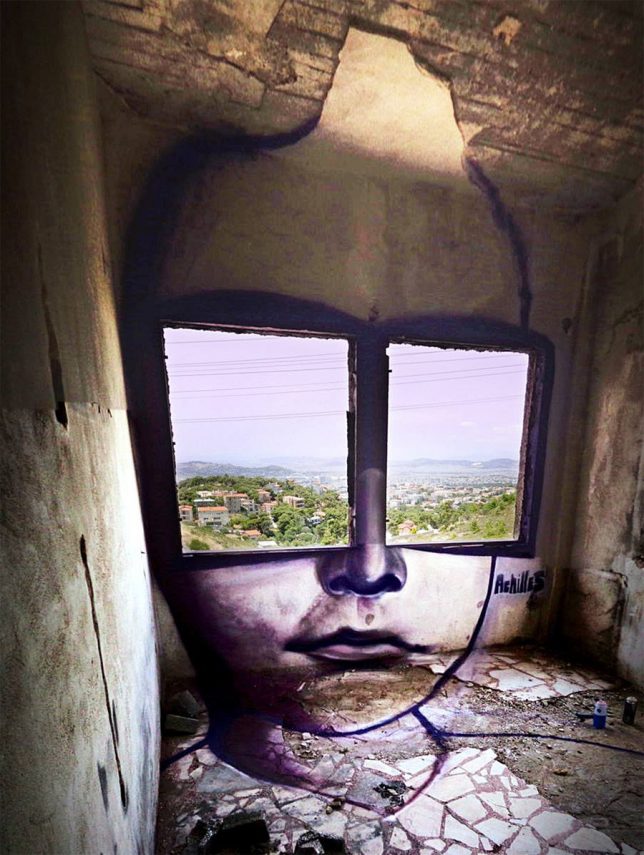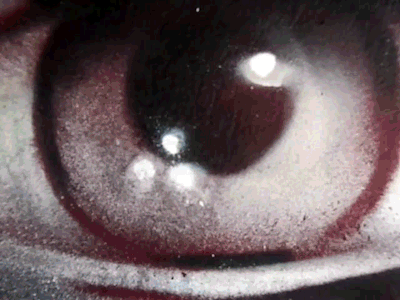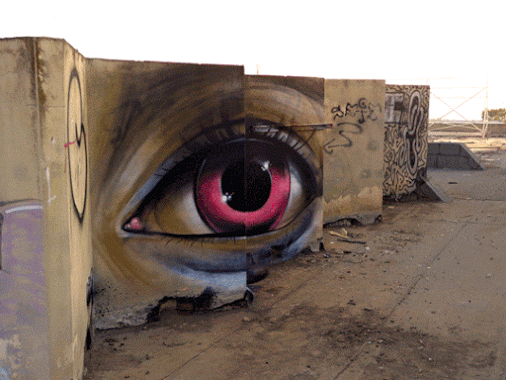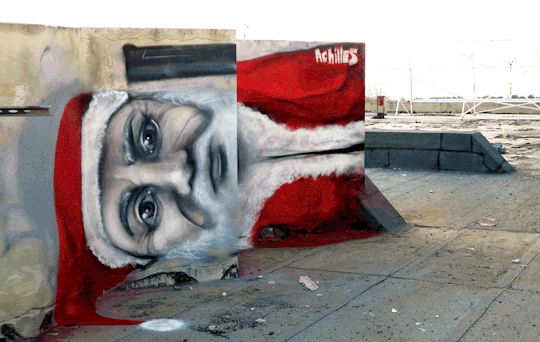The post How to Achieve Great Portraits with Window Light appeared first on Digital Photography School. It was authored by Mat Coker.

When you learn to do portraits with window light you can set up a studio anywhere there is a window.
In this tutorial, I’ll give you all the important information, including what to do with different window sizes, where to position the person, and how to make their eyes sparkle.
You’ll see examples of newborns/infants, children, professional headshots, and candid moments.
The bigger the window, the nicer the light
The first thing that you should know about making portraits with window light is that the bigger the window, the nicer the light. What each photographer considers to be “good” light is relative. But many photographers want soft light for portraits.
If you would like soft light for your portraits, then you need a large window. If you want harsh light, look for a smaller window.
This principle is true for all light sources; the larger the light source, the softer the light will appear on your subject.


Remember that small windows are more likely to create harsh looking light with dark, crisp shadows, while larger windows will produce softer-looking light with gradual, subtle shadows.
A larger window will also create more sparkle in the eyes (you’ll learn how to do that below).
Where to position the person
Now you know how to get soft light or harsh light for your portraits.
The next thing you need to know is where to position the person for the portrait.
If you have beautiful soft light, but you position the person wrong, then the light won’t look pleasing on the person’s face.
Portrait lighting usually looks best when the light source is in front of the person, but off to the side. It also helps if the light source is a little higher up.




Do not sit them in direct sunlight
If there is direct sunlight coming in the window, make sure that you do not sit your subject in the direct sunlight. If you do, the window will no longer be the true light source; rather, the harsh sunlight will now be the light source.

How to make their eyes sparkle
The sparkle in the eye that you see in portraits is called a catchlight. You create catchlights by making sure that the window is reflected in your subject’s eyes.


When doing portraits with window light, be sure to bring your portrait to life with catchlights.
How to get rid of unwanted shadows
It can be hard to take a portrait using a window and have no shadows on the face. But you can fill in those shadows or make them disappear using a reflector. Remember, you can use any large white surface as a reflector.
Window light for headshots
At this point, you understand that large windows create soft light, you can use a reflector to fill in shadows, and that catchlights create a sparkle in the eye. You’re on your way to having a pro studio set up in your living room!
Here is a setup that you can use for headshot portraits with window light.



Window light in everyday life
Now that you know the principles, you can use window light with candid photography as well.
Remember that it is often good to have the light source coming from the side. However, you can experiment by putting the window behind your subject to make creative silhouettes. You can also get creative by allowing direct sunlight to fall on your subject.
Did you know your home was filled with such great light sources?
Studio strobe lights are wonderful to use, but they’re not always affordable or practical to drag around.
Once you know the principles, you can use windows just as effectively and creatively as strobe lights.
Remember these principles when making portraits with window light:
- Larger windows create softer light
- Smaller windows create harsh shadows
- Do not sit your subject in direct sunlight
- Have the window to the side and in front of your subject
- Use a reflector to fill in shadows
- Catchlights create a sparkle in the eyes
- Use a backdrop for professional portraits
- Get creative with backlight and candid moments
One of the best ways to get started is to use a toy as a model. Go and have some fun with this and share your results with us in the comments!
The post How to Achieve Great Portraits with Window Light appeared first on Digital Photography School. It was authored by Mat Coker.






































































You must be logged in to post a comment.